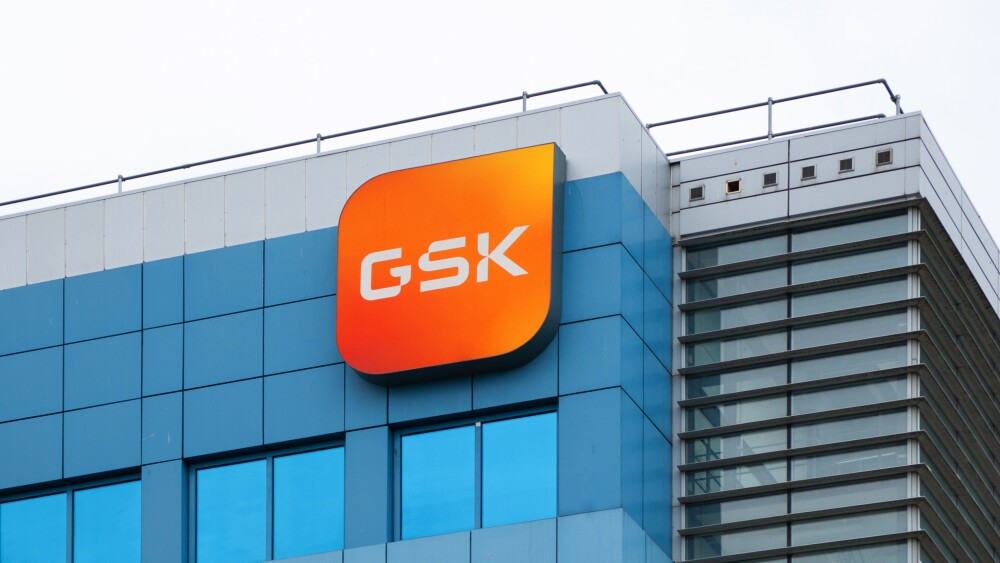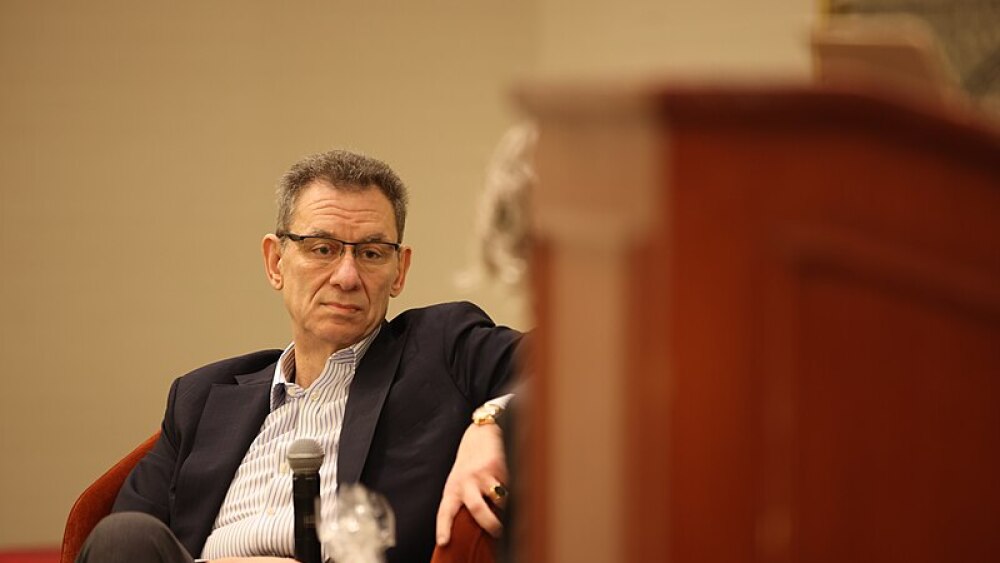Even if the vaccine is given the greenlight by regulatory agencies, it will still take some time for the vaccine to be distributed to a wide swath of the population.
Ugur Sahin, founder and chief executive officer of Germany-based BioNTech, sees the potent efficacy of BNT162b2, the vaccine developed by his company and partner Pfizer, as the possible “beginning of the end” of the coronavirus pandemic.
Sahin made his bold statement in an interview with the New York Times following the announcement that the mRNA vaccine candidate his company developed alongside Pfizer demonstrated 90% efficacy after an interim analysis of Phase III data. BioNTech began to develop the vaccine at the beginning of the year after Sahin read an article about the coronavirus outbreak in China. He told the Times he had a gut feeling the virus would develop into a worldwide pandemic and that’s when his team initiated Project Lightspeed, the company’s accelerated development program for COVID-19.
Months after BioNTech dove headfirst into vaccine development, the German company entered into partnerships with the likes of China’s Fosun Pharmaceutical Co. and forged an agreement with Pfizer to advance the development of the vaccine. And, 11 months after development began on the mRNA vaccine candidate, it appears BioNTech and its partners will have an authorized vaccine against COVID-19, which has infected more than 50 million people across the globe and contributed to the deaths of more than 1.2 million people, including 239,695 people in the United States. It’s likely that the U.S. Food and Drug Administration (FDA) will grant Emergency Use Authorization for the vaccine by the end of November and other regulatory agencies across the world will likely follow.
But, even if the vaccine is given the greenlight by regulatory agencies, it will still take some time for the vaccine to be distributed to a wide swath of the population. While other companies will also likely receive approval for their vaccine candidates, inoculating billions of people across the globe will take considerable effort – particularly for vaccines like BNT162b2, which requires storage at extremely cold temperatures of -100 degrees Fahrenheit. It is likely that some poorer countries will be forced to invest in refrigeration units capable of storing doses of the vaccine before use. Once the doses of the vaccine are thawed, they must be used within a short window of time or else they will become worthless.
That’s an important point to note for the Pfizer/BioNTech vaccine, which is a two shot regimen – meaning patients will have to receive two doses of the medication within 28 days to ensure protection against COVID-19. The same is true for Moderna’s mRNA vaccine candidate, which is likely to follow Pfizer and BioNTech with positive data by the end of the year. Unlike the Pfizer/BioNTech medication, Moderna’s is not expected to require the same level of extreme cold storage. It’s expected that Moderna’s vaccine candidate will only require storage at -20 degrees Fahrenheit.
Fosun, according to Seeking Alpha, will partner with the state-owned Sinopharm Group to deliver vaccine doses in China. Fosun is considering importing the vaccine in bulk and filling them into vials at a local plant. That will also require further investment in production and storage, Seeking Alpha reported.
Not only will cold storage be necessary on the ground, it will also be necessary for transportation as well. That means logistics companies that specialize in this type of vaccine delivery will have to modify their cold storage capabilities in order to transport BNT162b2. This includes planes and trucks that will be required to transport the drug across great distances to storage facilities that will have to have the same cold storage capabilities.
Pfizer and BioNTech have invested in manufacturing capabilities in order to meet demand across the globe. In September, BioNTech acquired a manufacturing facility from Novartis to bolster efforts for the COVID-19 vaccine. The manufacturing site will expand BioNTech’s COVID-19 vaccine production capacity by up to 750 million doses per year, or over 60 million doses per month, once fully operational, the company said.
The companies have also been striking deals with various global governments to supply the medication if it’s approved. In July, the companies struck a $1.95 billion deal with the U.S. government to provide 100 million doses. Given that it’s a two-dose treatment, which means about 50 million Americans will initially receive the vaccine. It’s expected that the first two receive the vaccine will be front-line healthcare workers and those most vulnerable to the novel coronavirus. The companies anticipate production will ramp up in 2021 with the manufacture of up to 1.3 billion doses, enough for 650 million people.
This morning, BioNTech and Pfizer announced they reached an agreement with the European Commission to supply 200 million doses of the vaccine, with an option to deliver 100 million more doses. Vaccine doses for Europe will be produced in BioNTech’s German manufacturing sites, as well as in Pfizer’s manufacturing site in Belgium.
While these deals mean millions upon millions of people will receive the vaccine developed by Pfizer and BioNTech, all of these countries are wealthier countries. The COVAX Facility was established to provide governments, including those in the emerging markets, with early access to a large portfolio of COVID-19 candidate vaccines produced by multiple manufacturers across the globe. A total of 156 global economies are taking part in the program, representing 64% of the global population. The goal is to raise about $2 billion to acquire vaccines for poorer countries. Even then, only a portion of the population of each country to benefit from the alliance will receive the vaccine. According to the details of the plan, COVAX estimated an allocation a number of doses that would equal about 20% of a country’s population. Those doses would be used to vaccinate people who are considered at highest risk. If a vaccine will be in short supply, the target drops significantly to 3% of the population, which would likely be used for frontline healthcare workers in those countries. Leaders in each country would be responsible for determining who those frontline workers are, the report said.





